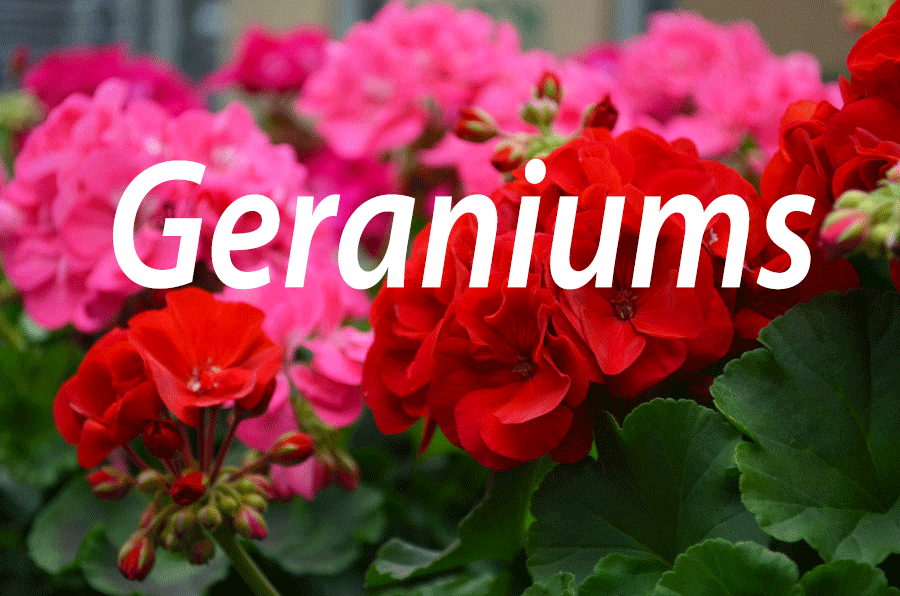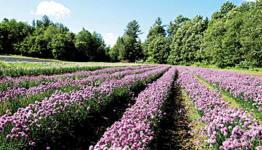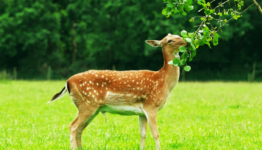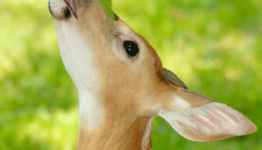Gardeners who struggle to keep nuisance deer from invading and eating their flowers may want to consider planting deer repellent flowers for landscaping. While spray-on deer repellent can be effective for deterring deer from any type of flower, it is not always practical for homeowners who are not consistently home when the plants need to be sprayed, or who do not have a lot of time to invest in upkeep.
There are a number of flowers that deer are less likely to eat. Highly scented flowers, which are appealing to most gardeners, are also usually deer repellent flowers. Four o’clocks (Mirabilis multiflora) offer a beautiful, low-maintenance plant that grows up to about four feet high in full sun, and slightly smaller in partial shade. Four o’clocks reseed each year, an in warmer climates, their roots stay dormant during the winter months, so once planted, they can be enjoyed for years. They do well in pots or in the ground. The flowers are usually a beautiful hot pink, but also are found in yellow and orange. They emit a wonderful fragrance, and attract butterflies and hummingbirds, but deter deer.
Canna lilies are another variety of popular garden flower that deer tend to avoid. They do well in almost all climates during the summer months, and have vibrant red and orange blooms that attract butterflies. English lavender, goldenrod, goldenrod, foxgloves, daffodils, and geraniums have been cited by various gardeners as being deer resistant flowers. In general, given the choice, deer will avoid fuzzy leaves like those found on a geranium. However, one Colorado homeowner has reported being foiled by a deer who only eats the flower portions of her geraniums, and doesn’t touch its fuzzy leaves. Experience by gardeners has also shown that interspersing deer resistant flowers among other flowers is not very effective, because deer are dainty browsers and adept and nibbling around any plant to get to what they want. Deer also avoid spiky leaves like those on a yucca plant, as well as bitter tasting or naturally poisonous flowers and plants.
Homeowners with small children or pets will want to take care when choosing these options, because sharp or poisonous plants can be harmful to others. Planting deer repellent flowers will provide some protection to gardeners who want to keep the animals away from their flowerbeds, but when hungry enough, a deer will eat almost any type of flower. Deer are more likely to eat normally deer resistant flowers when there is a lack of alternative and more appetizing food available. This is especially likely to happen during the winter months, or in areas where there are not large wooded areas with plentiful wild grasses, trees and flowers.
The most effective solution for a beautiful and deer resistant flower garden may be to use a combination of deer resistant flowers, and deer repellent, which is available online or easy to make at home out of everyday ingredients. Scare tactics, or motion-triggered sprinkler systems have also been proven effective deer deterrents.











